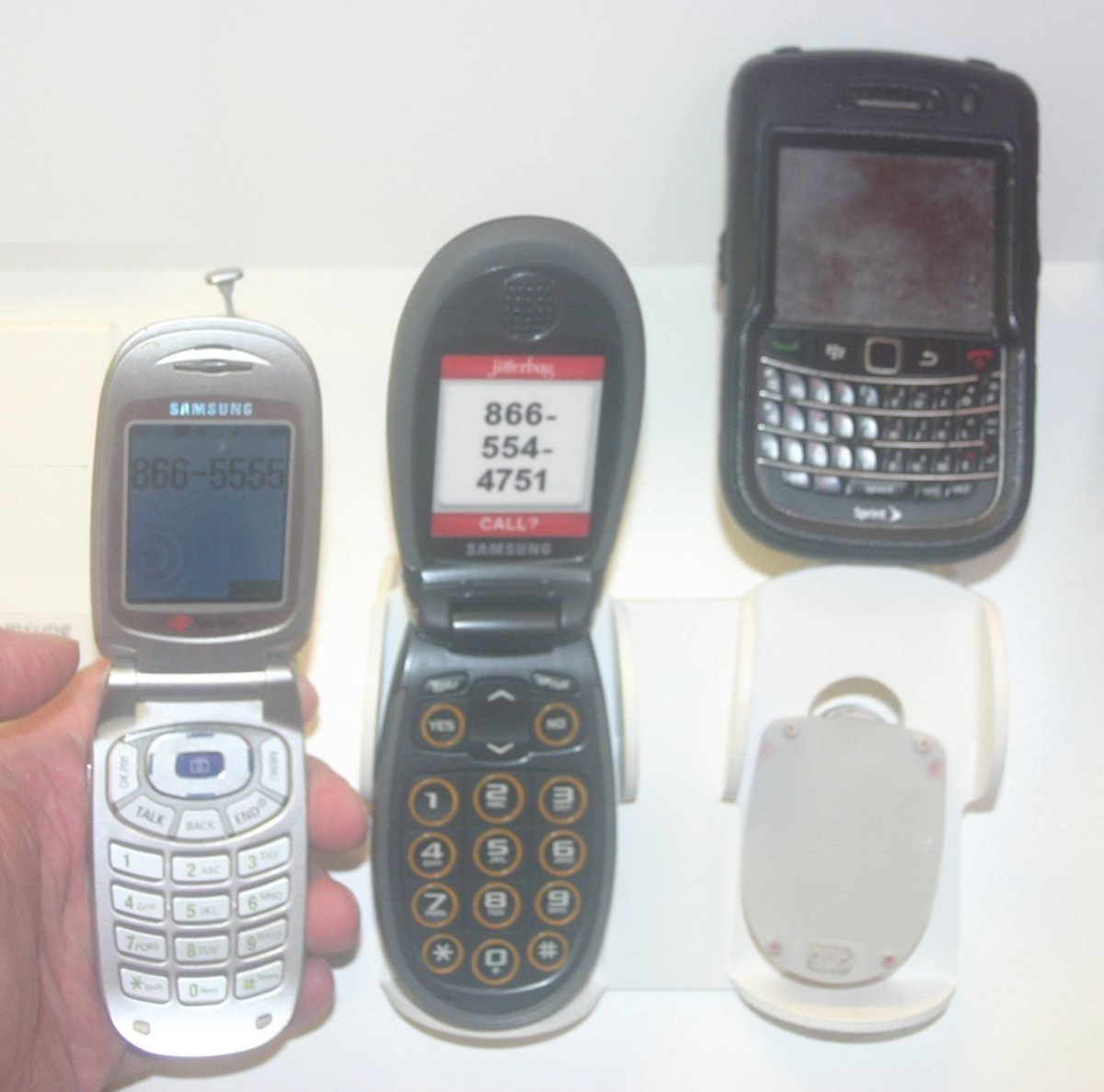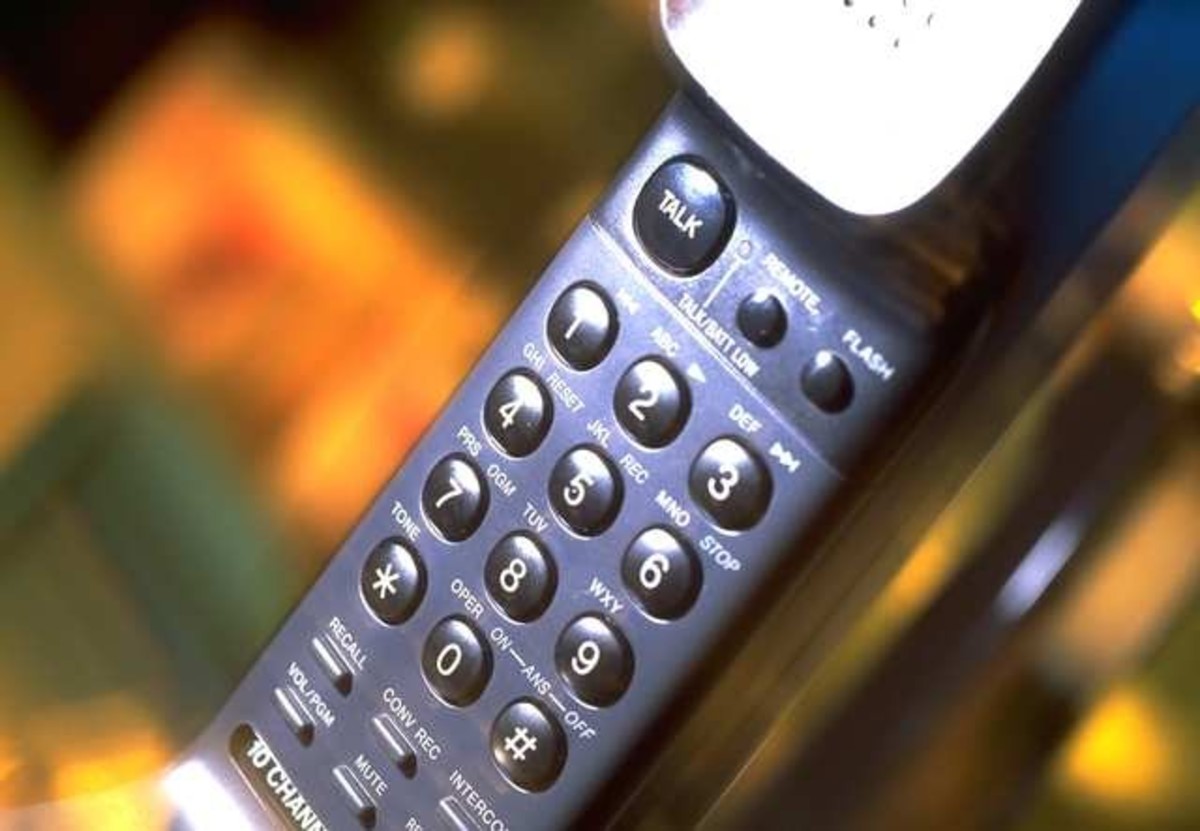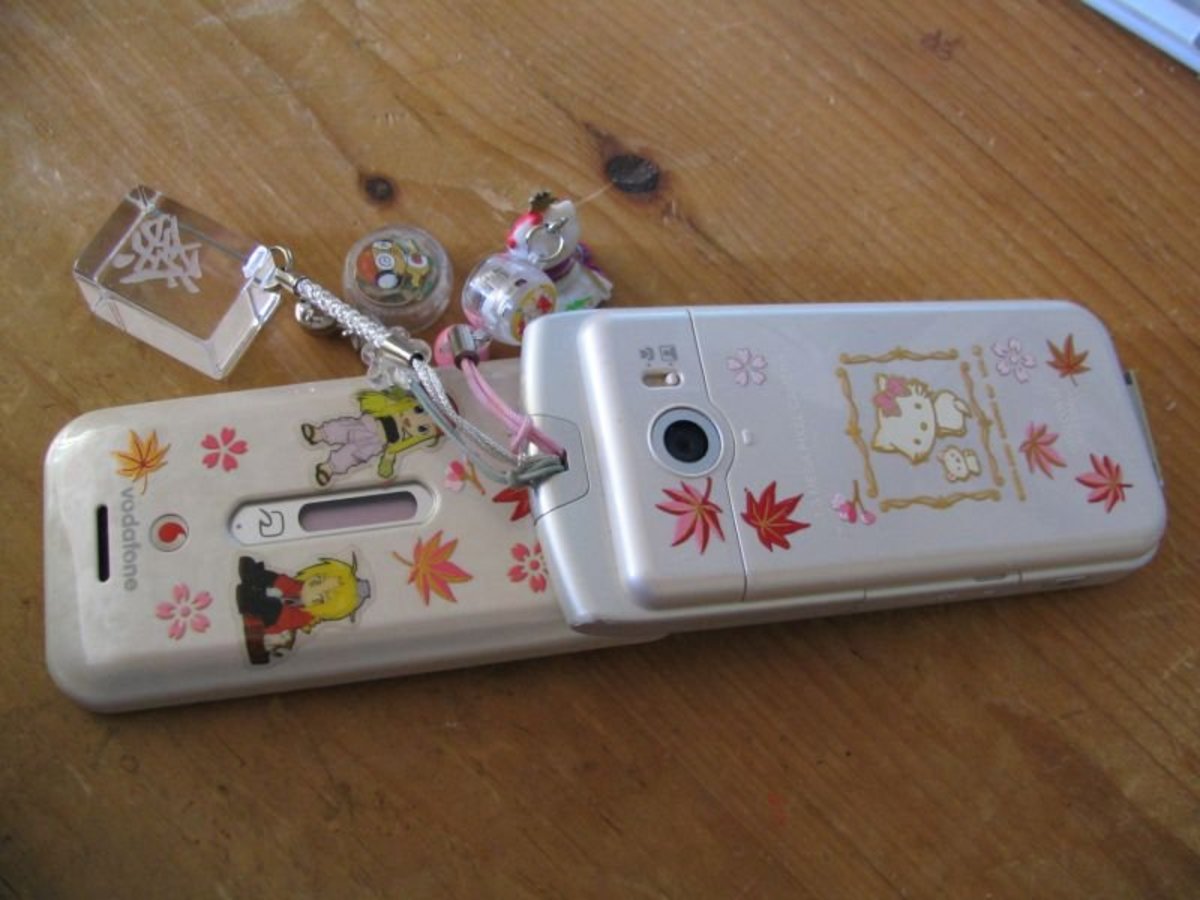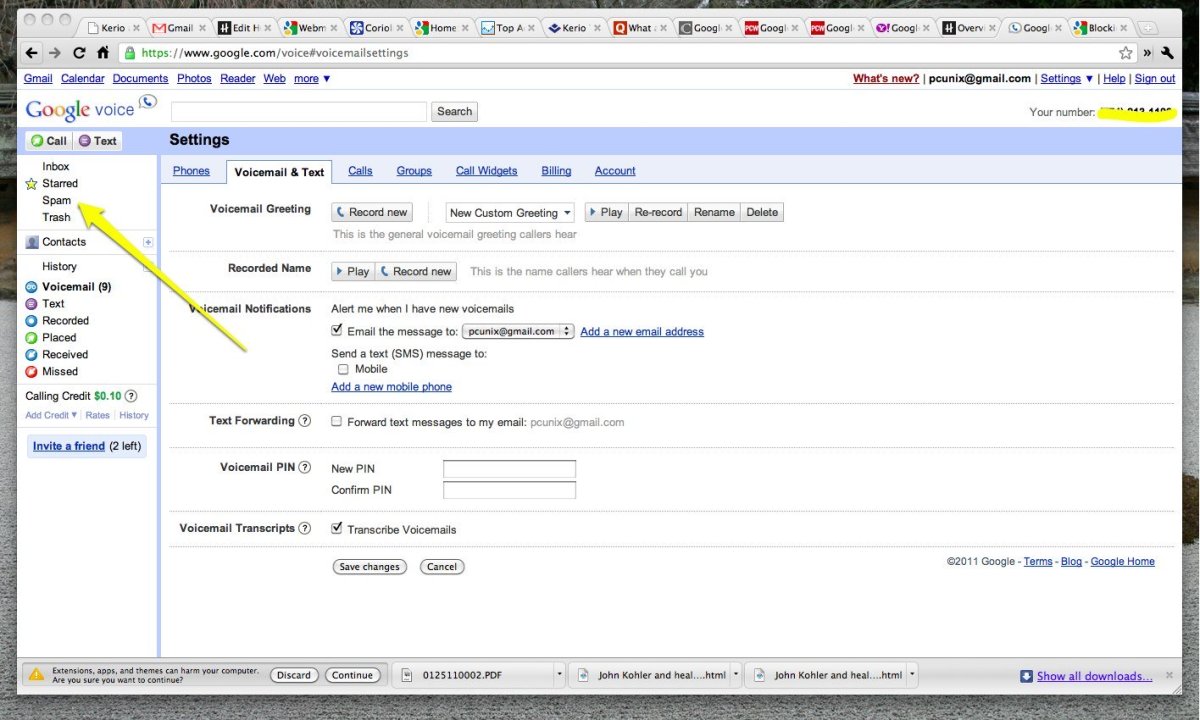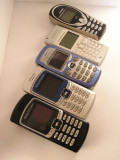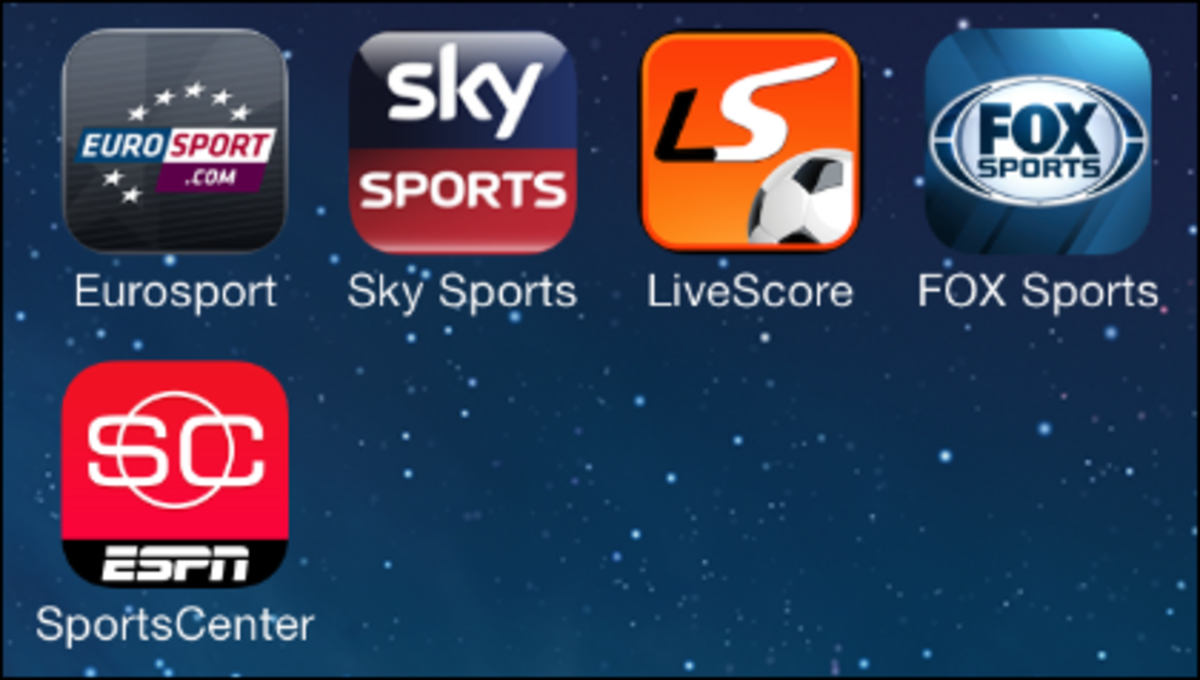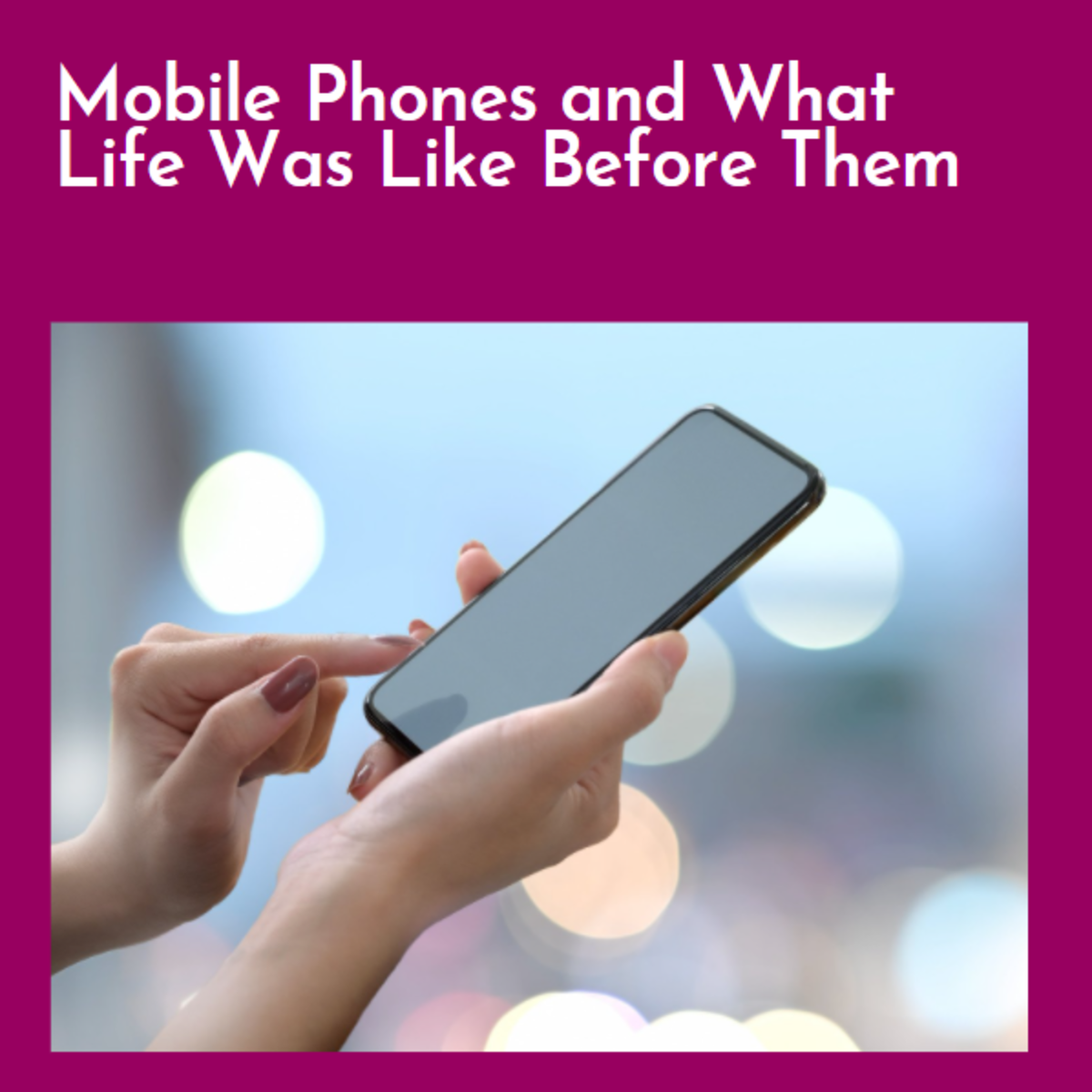How To Call Abroad

Calling abroad involves several considerations before you leaving for Europe or wherever. You should check your own cell phone or land line plan for rates, best time to call and any other nuances you may need. Some plans that are good in the USA are not valid in other countries, for instance, you may have unlimited plans for everything, yet as soon as you use the phone outside the USA, it becomes limited and expensive because of roaming charges. You must contact your carrier to activate roaming capabilities so you can use foreign connections. Sending a text could cost 50 cents each time, a call from a US cell phone in Germany is $1.40 a minute. It may be cheaper to call from a landline than from a cell phone.
Another consideration is does the cost of texting apply sending and receiving internationally? Also, a CDMA phone won't work on a GSM network (the opposite is also true). The GSM is the type used in most of the world but not in the USA. There are compatibility issues. Before you go to Europe, make sure your cell is a tri or quad band phone because the GSM phones (80% of the world) use lower frequencies than CDMA (USA and the Americas). You should be able to register a CDMA phone for use on a GSM network upon arrival.
If you do not check the rates and you call and talk a long time on your cell, your bill could be in the hundreds of dollars. You can also rent cell phones in the country you are in and prepay them and call to anywhere without the worries of expense. This is a very practicable way to handle this issue.
But, regardless of the rates, there are many other issues. There is a time difference, so calling to Europe from the West Coast is is 9 hours ahead. From the East Coast, 6 hours ahead. It is always better to make arrangements as to the best time to call for all parties. Another issue is dialing the number. If you are calling a landline versus a cell phone, some countries have separate codes for them, like Germany.
When calling from the US abroad, always begin with 011, then the country code you are calling, then the city code where the phone is, finally the US cell number WITHOUT the U.S. area code. It would look like this:
011 49 241 5739090
The problem is that if you are calling a cell phone, the phone you are calling may not actually be in the city your contact is staying in (they are visiting other nearby cities, for instance) when you call! It may not ring or a message will be heard you have the wrong code. If you are calling a cell phone, you may need a cell phone code to use instead of a city code (which are for fixed phone lines). Finding this code is problematic. What is unclear is does the cell phone code only apply to cell phones in the target country or to US cell phones in that country or not at all.
If you use a US cell phone to call abroad and receive a message that you are not authorized, call your carrier to remove the block.
My experience has been frustrating when calling from a US cell phone to another US cell phone in another country. I have dialed the correct number and yet end up with the wrong person on the other end or have got the message that the codes used are incorrect, when they are spot on! Maybe the cell is not in the city at the time when called but in another city.
Some have used Skype to communicate with and this actually seems to easier. Texting works and email also. But, most who have dealt with this issue agree that the best way to avoid all the hassles is to find a local Wi-Fi to access and connect in the other country when trying to contact back in the USA. It is certainly cheaper than roaming charges, this would apply when using Skype also.

